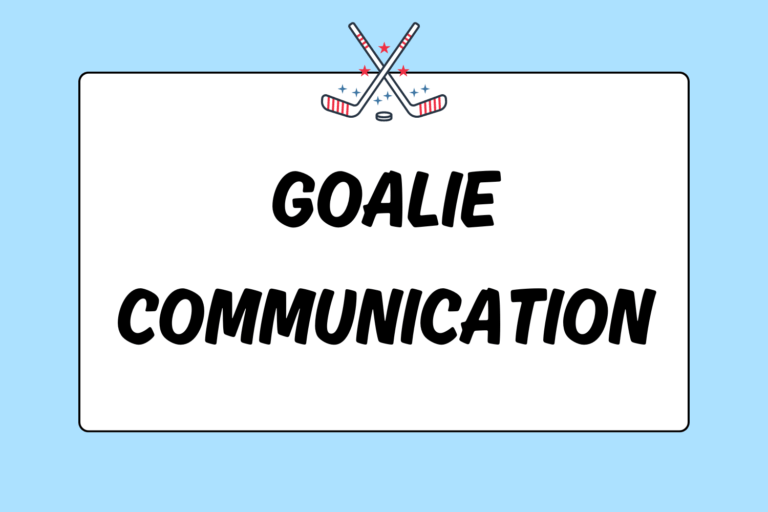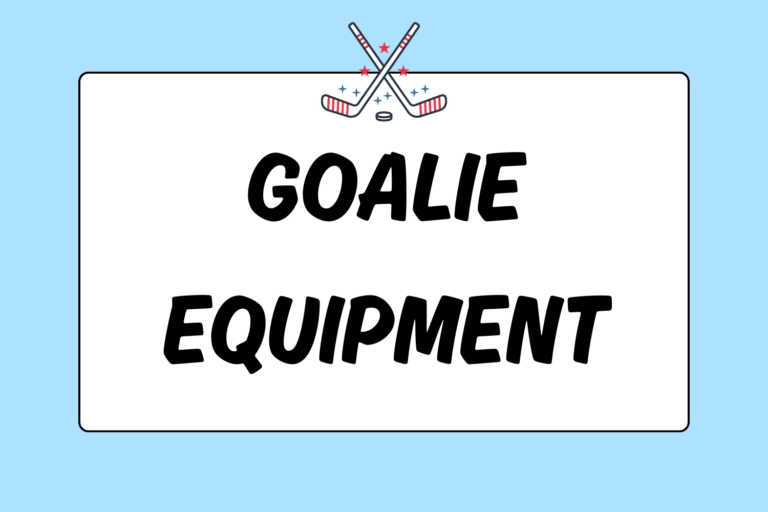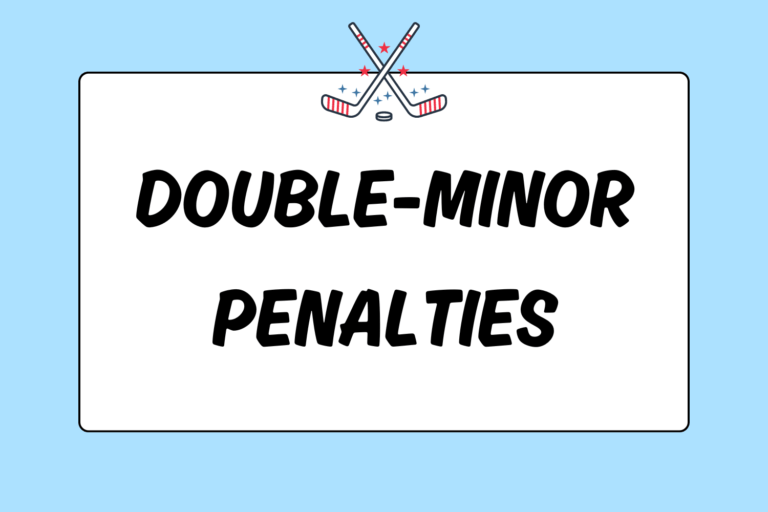As far as player leadership is concerned, most ice hockey teams have a captain and two alternate captains. In a purely functional sense, the captain’s main job is to communicate with referees for ruling clarifications.
However, the importance of ice hockey team leadership goes far beyond merely acting as an intermediary to officials. This guide outlines the various roles of team captains, as well as some philosophies for selecting them.
Importance of Captaincy
In most ice hockey leagues, captains and alternate captains are the only players allowed to approach a referee and ask for an explanation of a ruling. However, ice hockey captains have many more responsibilities than just communicating with officials.
Captains must have a good report with the coaching staff, buy into a coach’s system, and be the coach’s voice from time to time. Alternately, captains also must be able to approach the coaching staff to voice the team’s concerns.
Captains also have to be the backbone of the team. They must be leaders both on and off the ice. Wearing the C means a willingness to sacrifice personal glory for the benefit of the team. A good captain must be prepared to alter a game’s momentum on any shift. This can mean anything from blocking a shot, to scoring a goal, to getting into a fight.
Different Philosophies
It’s clear that captains have many different roles. Rarely will a captain be the best on a team at fulfilling every duty. Because of this, the selection process can be difficult. When deciding on a captain, consider players who fit the following molds:
Best All-around Player
The team’s best two-way player is often the best choice for captaincy. This is usually a center — though also sometimes a defenseman — and is a good player in many situations. This captain will lead by example on-ice, and will demonstrate responsibility.
Best Offensive Player
The team’s best offensive player is almost universally a figure of respect in the locker room. The star offensive player is often the most talented, and his sheer ability will help him earn the respect of his teammates.
Most Experienced Player
Some leagues combine older and younger players onto the same team, and veteran players normally make great captains in this situation. Veteran players are often more mature, and they can be counted on to handle all the communication aspects of the role. Additionally, while a veteran might not be the most skilled player, he normally has enough game experience to prepare for a variety of in-game situations.
Hardest Worker
Having the team’s hardest worker as the captain has a trickledown effect. Players naturally look to the captain, and if he’s giving his all, they will too. This principal applies just as much to practice as it does to game time. With a workhorse captain, the whole team might be better prepared on game day.
Alternates
Alternate captains can be just as important to a team’s chemistry as the actual captain. However, when picking alternates, consider players who complement the other team leaders; players whose skill sets don’t necessarily overlap. If the captain is an offensive player, consider alternates who are veterans or hard workers.
Further, it’s advantageous to name alternates who aren’t on the same line as the captain (or each other). With this strategy, a leader will be on the ice at all times.
Loopholes
Having one captain and two alternates — all of whom are forwards or defensemen — is by far the norm. However, there are a few additional options. Among them are:
Goalies
Goalies are rarely named captain, but it’s still worth considering. Some leagues prohibit the goalie from wearing the C simply because it’s difficult for a goalie to leave his crease to speak with a ref. Additionally, no team wants to pull their captain for letting in too many goalies. However, some teams with exceptionally high-character goalies find it best to name the keeper to a leadership role.
Three As
Teams without a clear-cut top dog have the option of dressing three alternate captains. This strategy lets a coach avoid playing favorites. Instead of not having any captain, teams with three alternates often witness each of their As rise to the level of C.
Rotating C
Similar to playing three alternates, some teams have a rotating C. The captaincy might change every game, or there might be a “home captain” and an “away captain.” This can be a good choice if there are two clear-cut leaders on the team.
Hot Tip: Take Your Time
When choosing team leadership, it never hurts to be patient. Coaches should feel free to name temporary leadership strictly for the purpose of communicating with the officials. Then they should wait and see who rises to the occasion before naming a permanent trio.
No Wrong Choice
Most coaches are in change of choosing captains, but some teams vote. Regardless of the process a coach or team uses, it should succeed as long as everyone acts in the best interest of the team.





